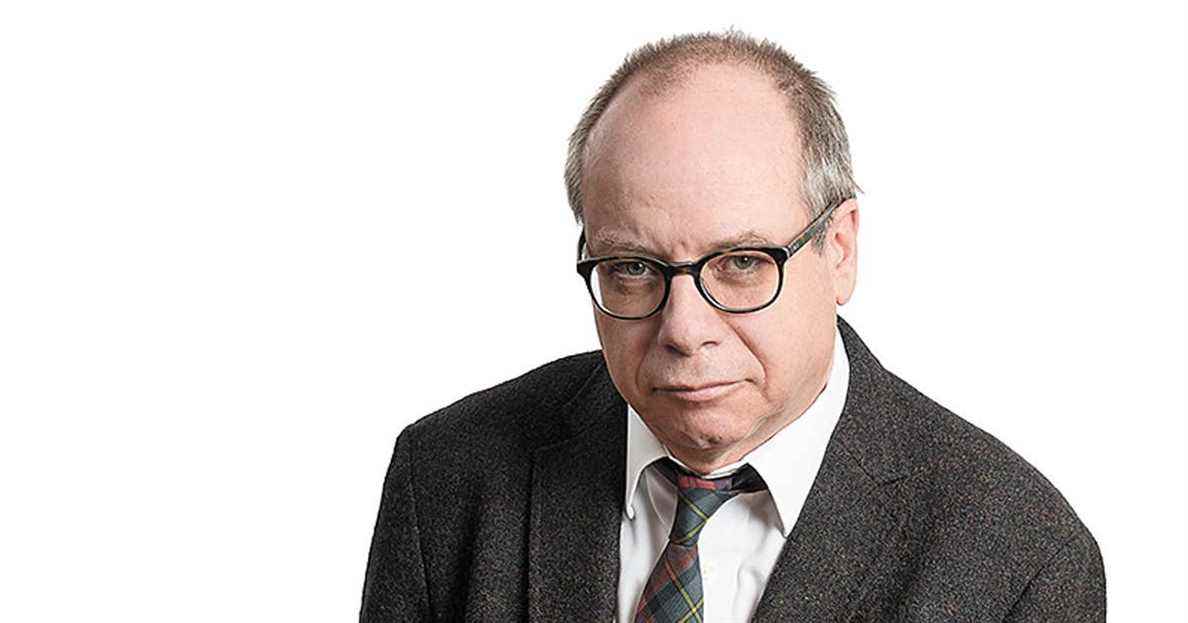A regulation, proposed by an organization linked to the Union des producteurs agricoles (UPA), has raised the ire of small chicken farmers. This is another example of the strained relationship between large-scale agriculture and small artisanal farms.
As reported The duty and Our land, the organization Les Producteurs d’œufs incubation du Québec (POIQ) has limited to 15 females and 5 males the number of animals that a breeder can possess and to less than 500 the number of hatching eggs that ‘he can produce in a year without having a production quota. This organization, which oversees supply management in the sector, brings together 35 to 40 quota holders who sell more than 200 million hatching eggs per year for hatching chicks.
In fact, the POIQ wanted, through this regulation, to open up the market a little more to the production of non-quota small farms. The intention was to grant regulatory relief in the form of the right to produce to regularize the situation of several small breeders. It missed.
The reaction was not long in coming. Thus, many small artisanal herders exceed the authorized limit. This is the case of Dominic Lamontagne, the author of the book The impossible farm, and his wife, Amélie Dion, whose small farm accommodates around 50 hens and a few roosters. Like other small producers, they have always assumed that their hatching egg production, largely for their own needs, was not subject to supply management.
Another breeder, Étienne Laliberté, cited by The duty, is devoted to hens of old breeds, which are in any case shunned by industrial producers. He is part of a network of producers who seek to preserve the genetic diversity of poultry.
We regret that the POIQ regulations were not the subject of consultations with small breeders, who were faced with a fait accompli. Clearly, these small farms are not competing with quota holders who, by the way, essentially rely on only two lines of hens to produce their hundreds of millions of hatching eggs.
In the face of the outcry, the organization suspended the application of its regulations. The Quebec Agricultural and Food Markets Board (RMAAQ) will hold public hearings in February in order to untangle the web.
This imbroglio clearly shows the difficulties experienced by large volume agriculture in adapting to the emergence of new forms of agriculture. It should also be emphasized that agricultural practices, developed over the last century to considerably increase volumes and yields, must evolve in order to become truly sustainable.
One can wonder what market the POIQs were trying to protect and what threat they saw in these small breeders. The sole desire to govern what is not governed – a certain conception of the integrity of the supply management system – seems to animate the organization. We can doubt its ability to represent both the interests of quota holders and those of small breeders who want to be successful.
The next RMAAQ hearings will be important, because this is a case in point as the phenomenon of small farms and artisanal productions is set to gain momentum. Of course, the role of the board is to ensure the proper functioning of supply management and the marketing of agricultural products. But it pursues a broader mission which is to promote “the development of harmonious relations between the various stakeholders as well as the resolution of the difficulties which arise within the framework of the production and the marketing of these products”, as it is. written in its last annual management report.
With the adoption this fall of project 103, one of the chapters of which aims to promote the establishment of small farms, the Caquist government, inspired by the findings made by the Pronovost Commission, seeks to encourage the diversification of agriculture. in Quebec.
This poses enormous challenges of coexistence between large agriculture and small farms, two clans which, for too long, have looked at each other like faience dogs. We need the productivity of the first to feed our world affordably. But we are counting on the innovation of these new, often well-trained farmers to exploit new outlets and develop our regions.
